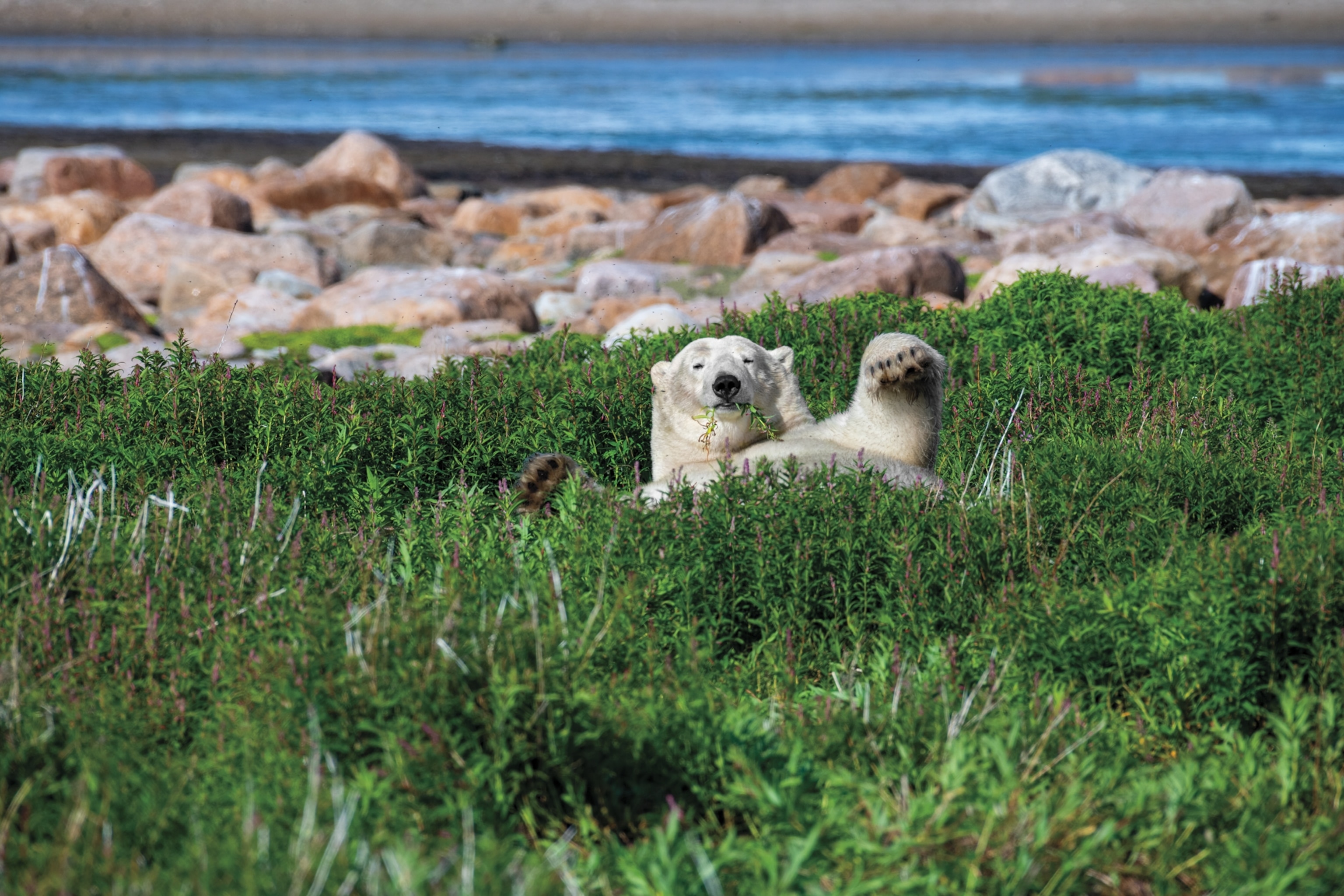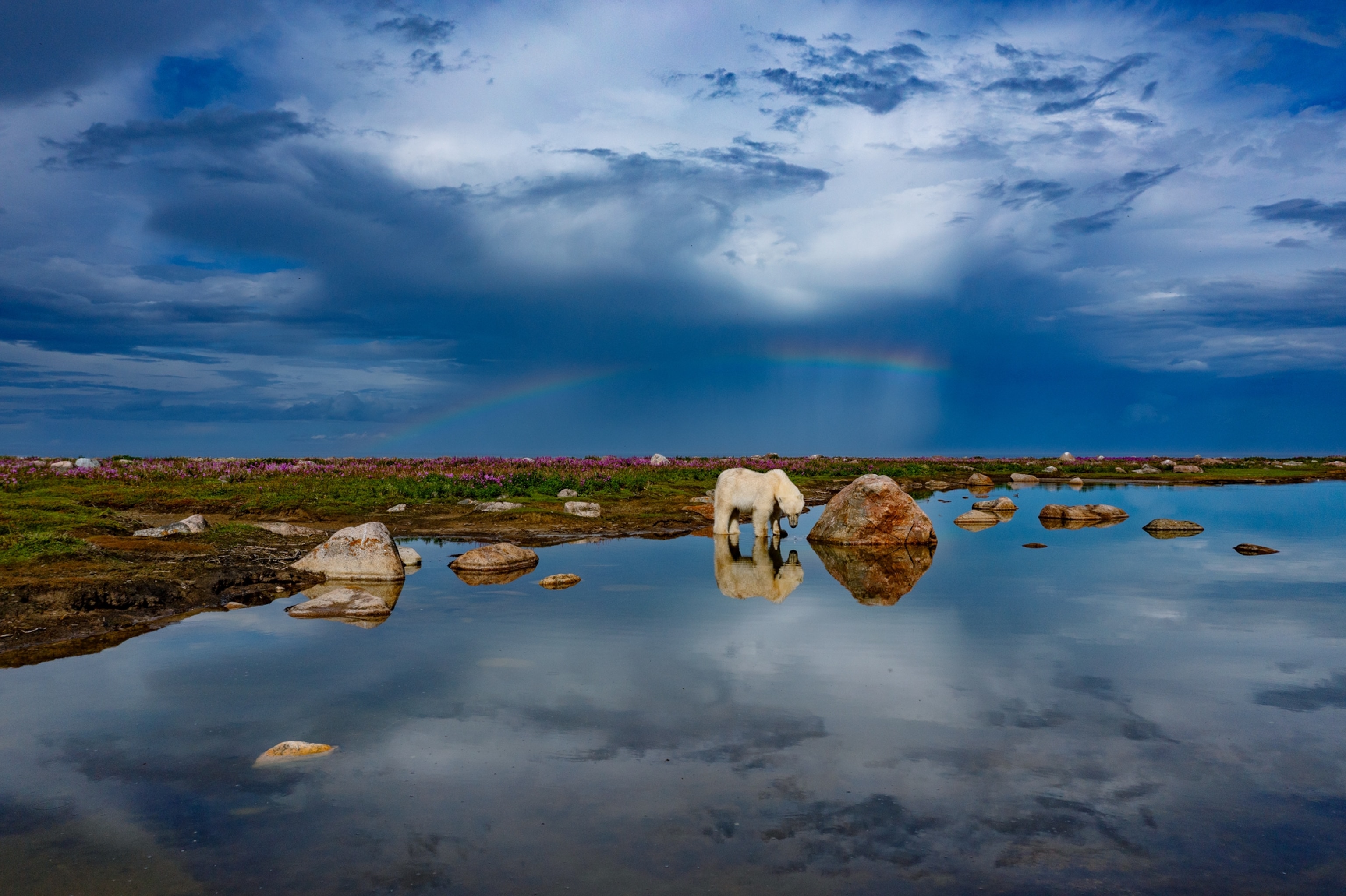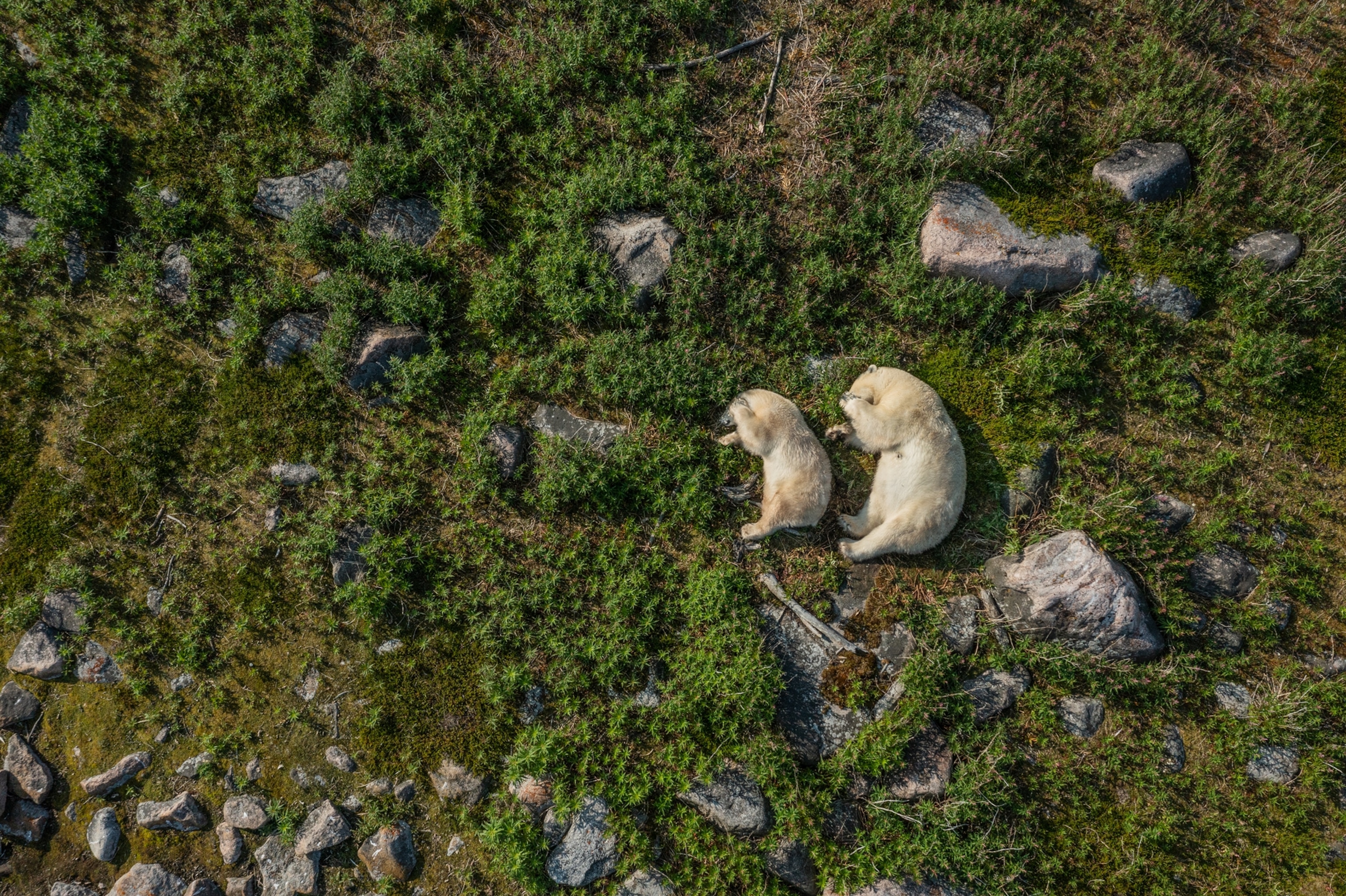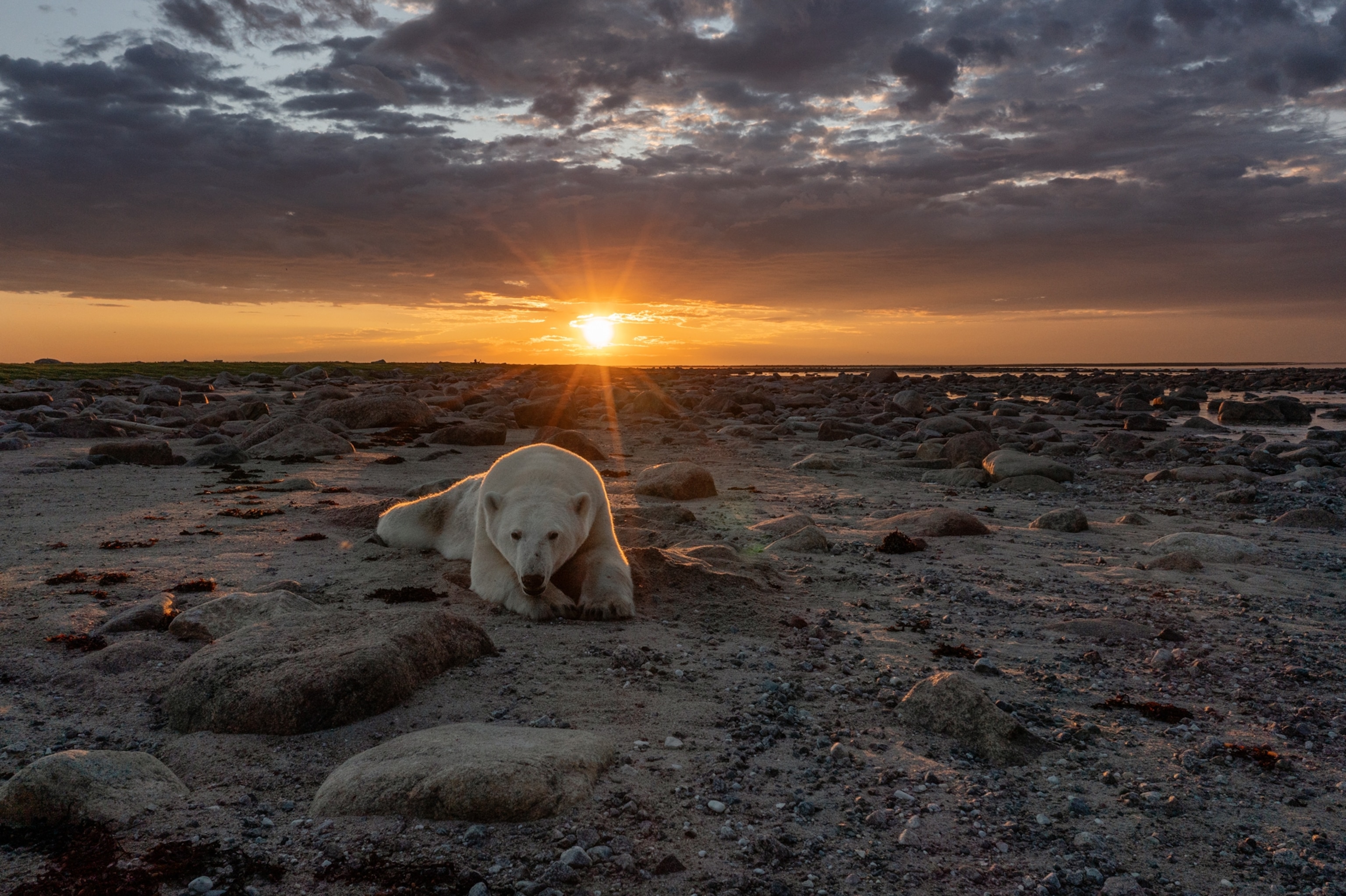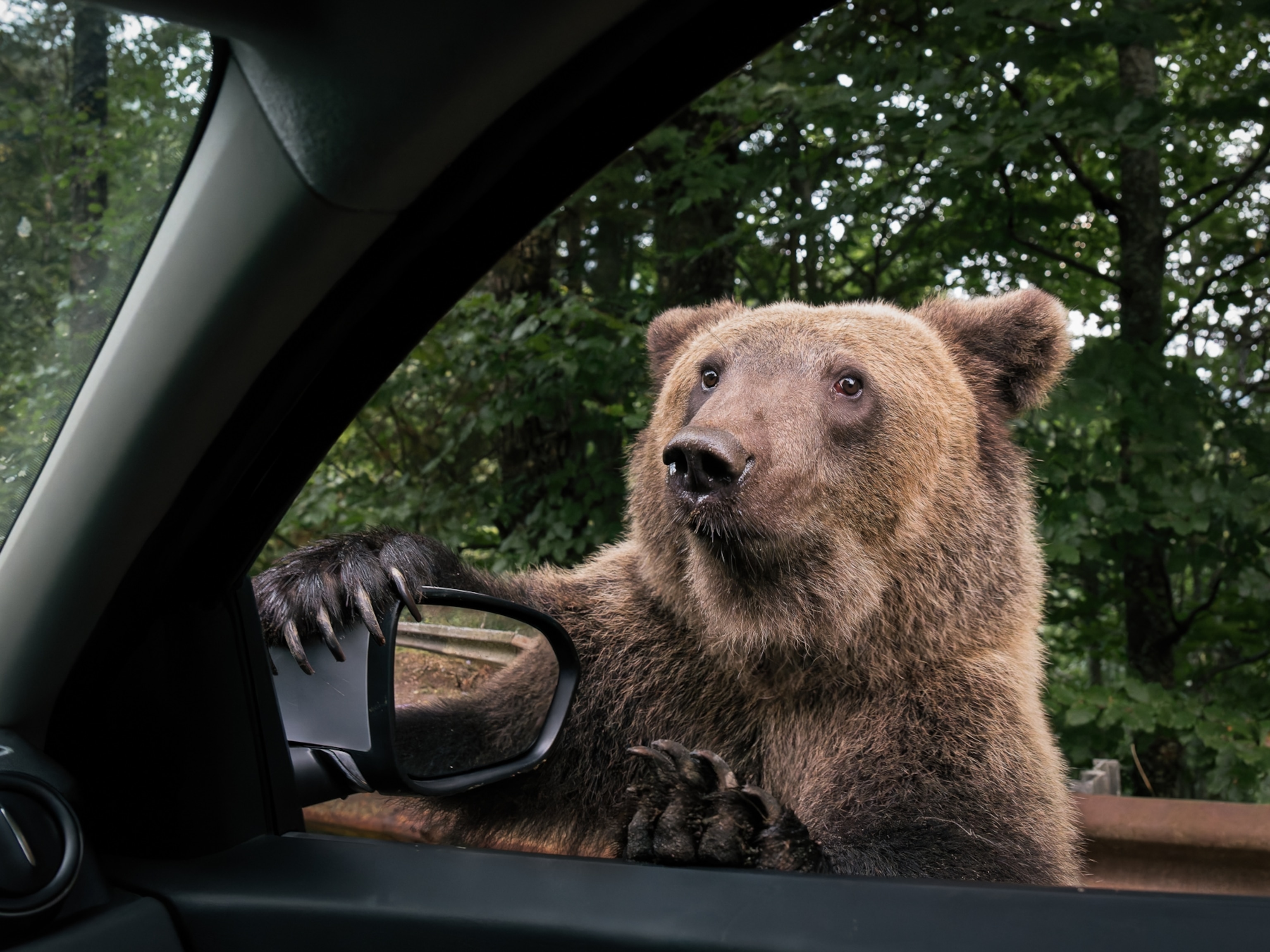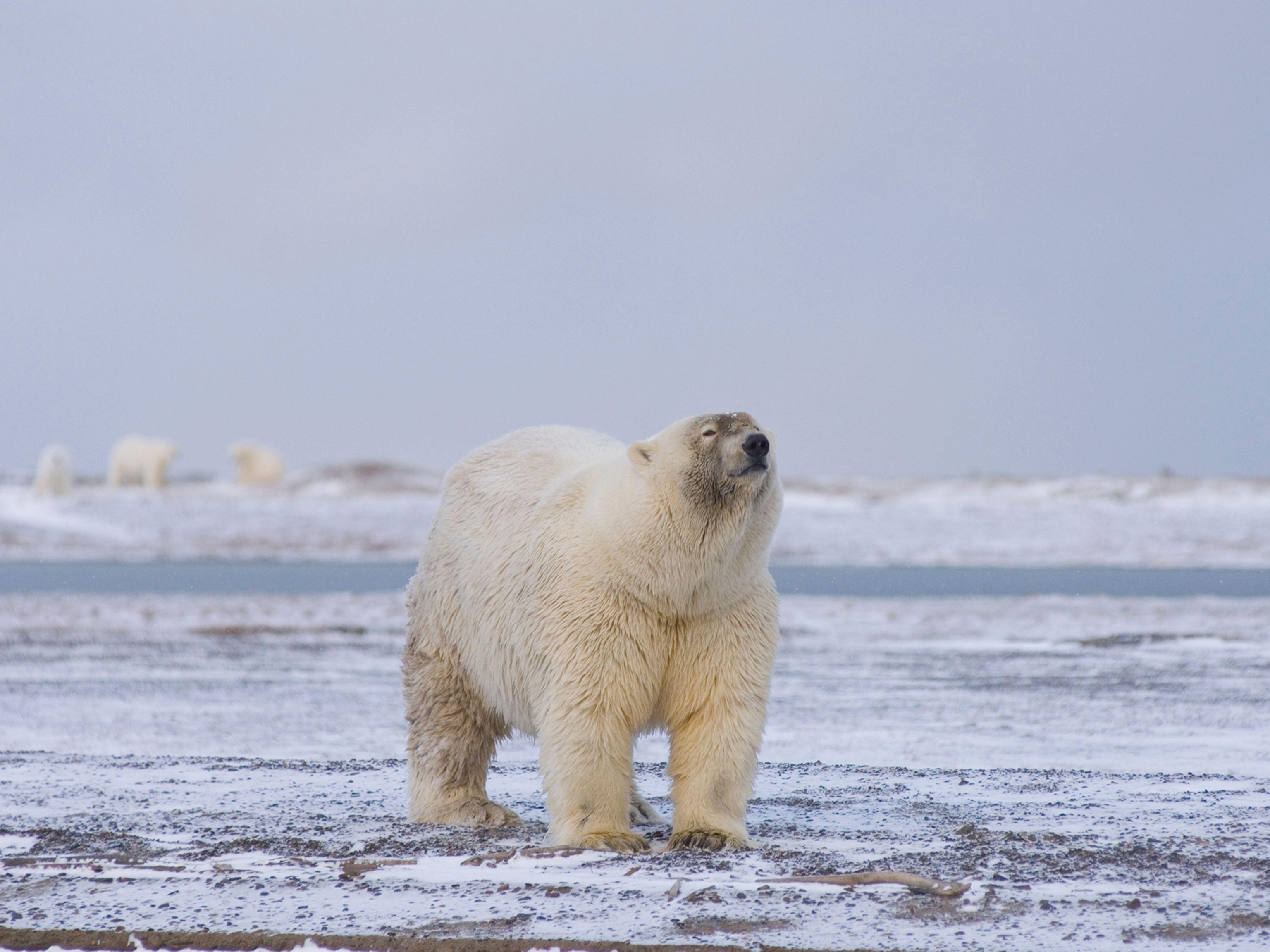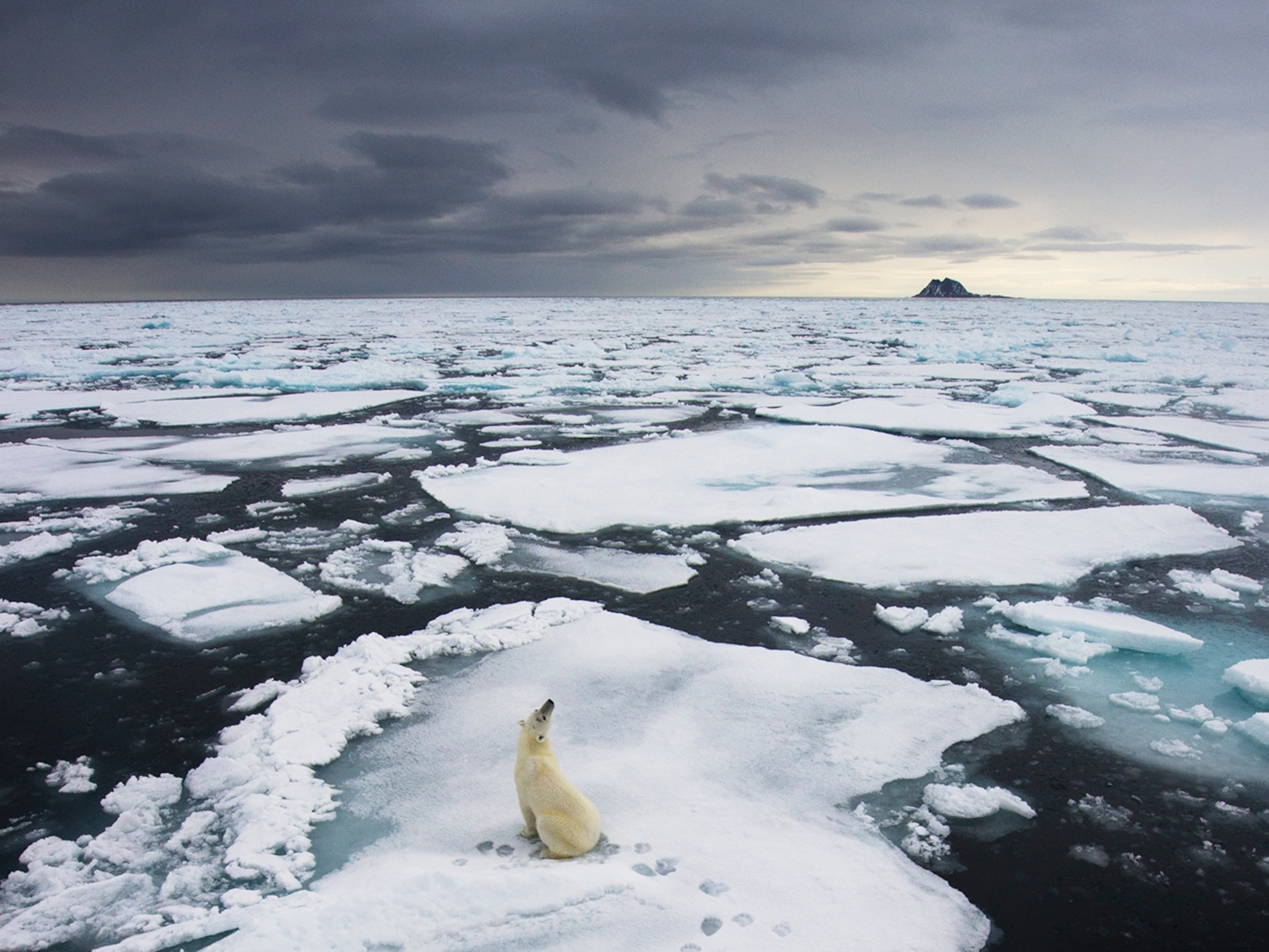“You always see polar bears on ice and snow,” says photographer Martin Gregus, Jr. “But it’s not like they stop living in the summertime.” Determined to reveal this less depicted angle on the bears, he constructed a field station on the back of a small boat and spent 33 days north of Churchill, Manitoba, in the summers of 2020 and 2021.

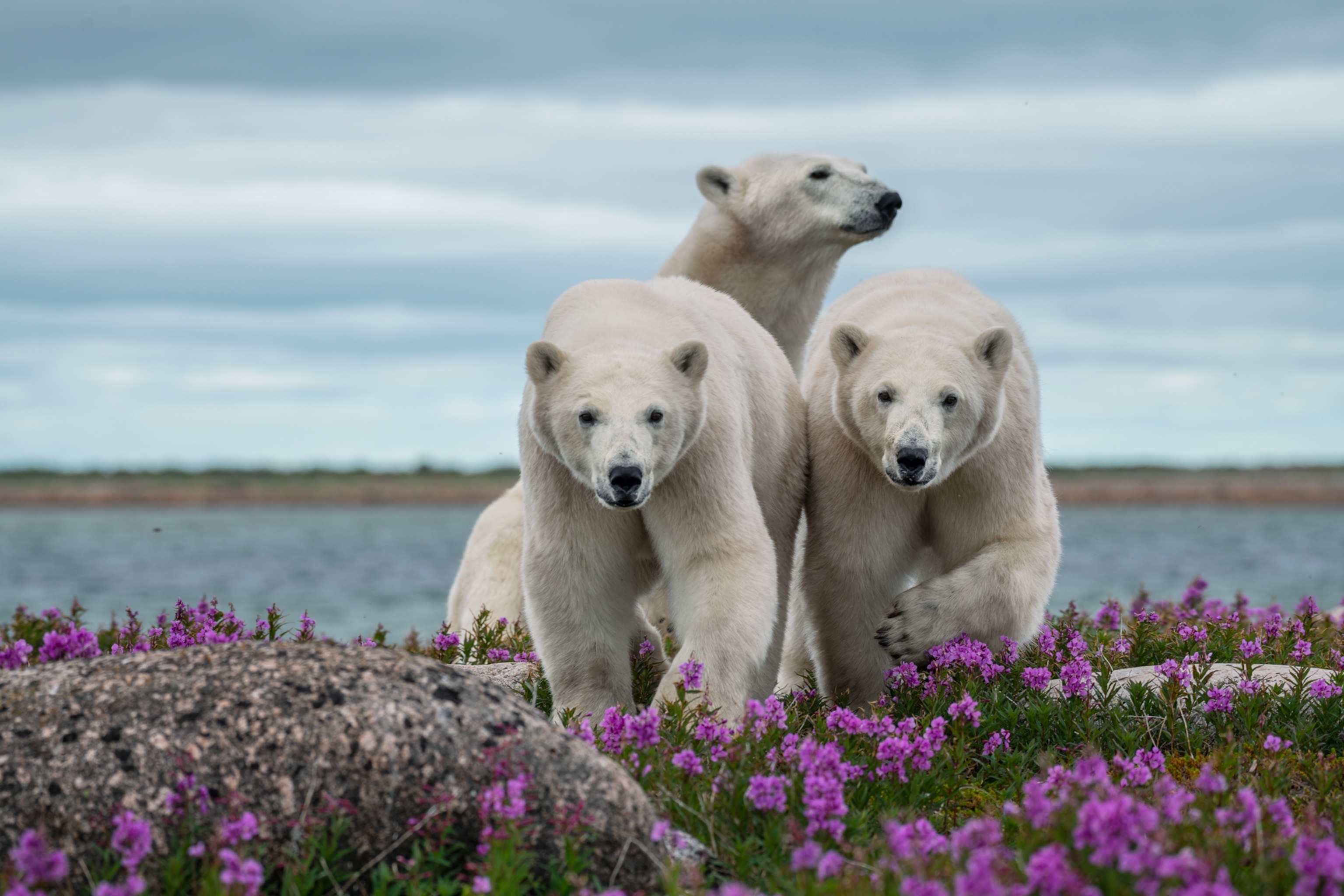
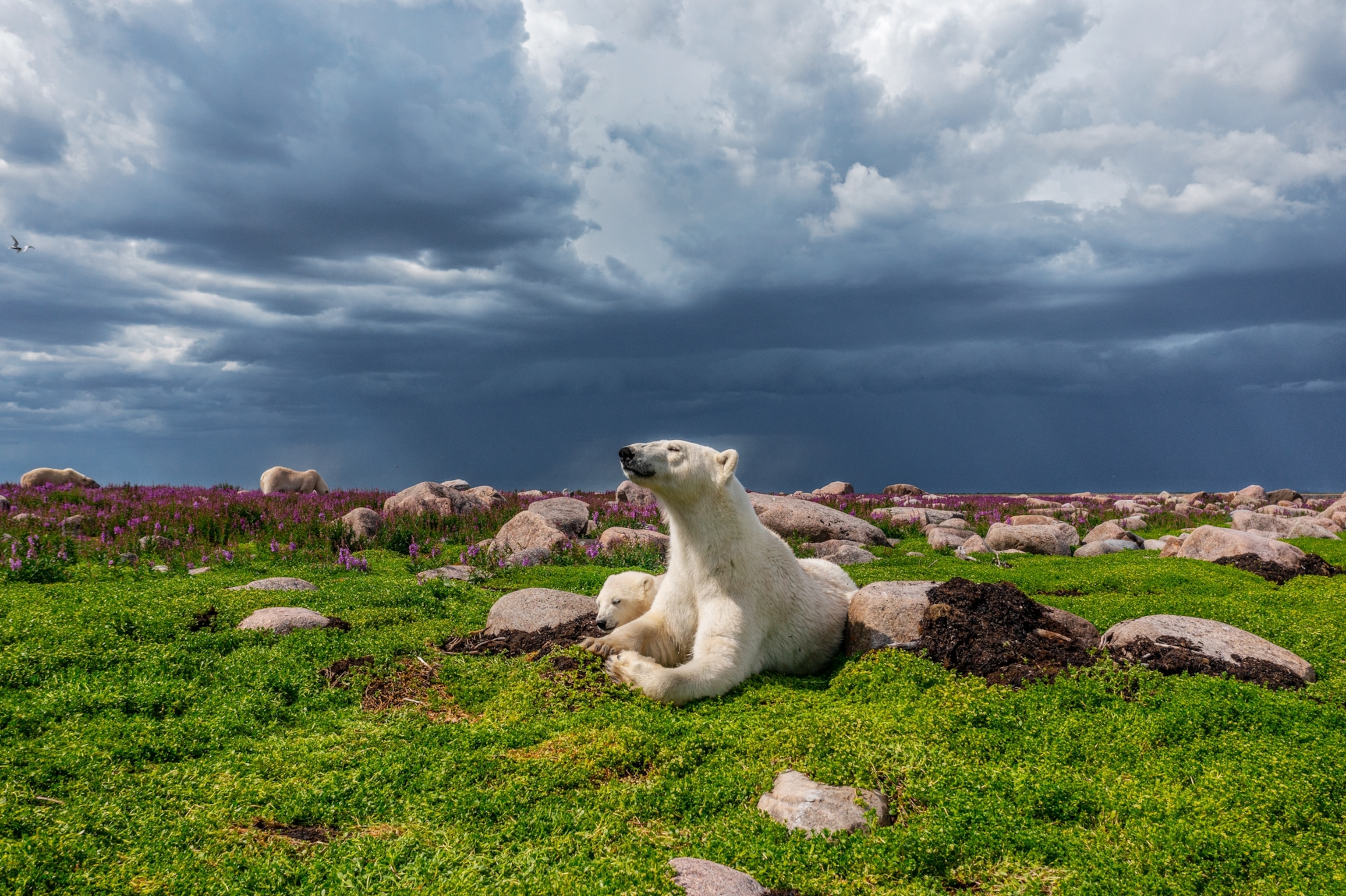
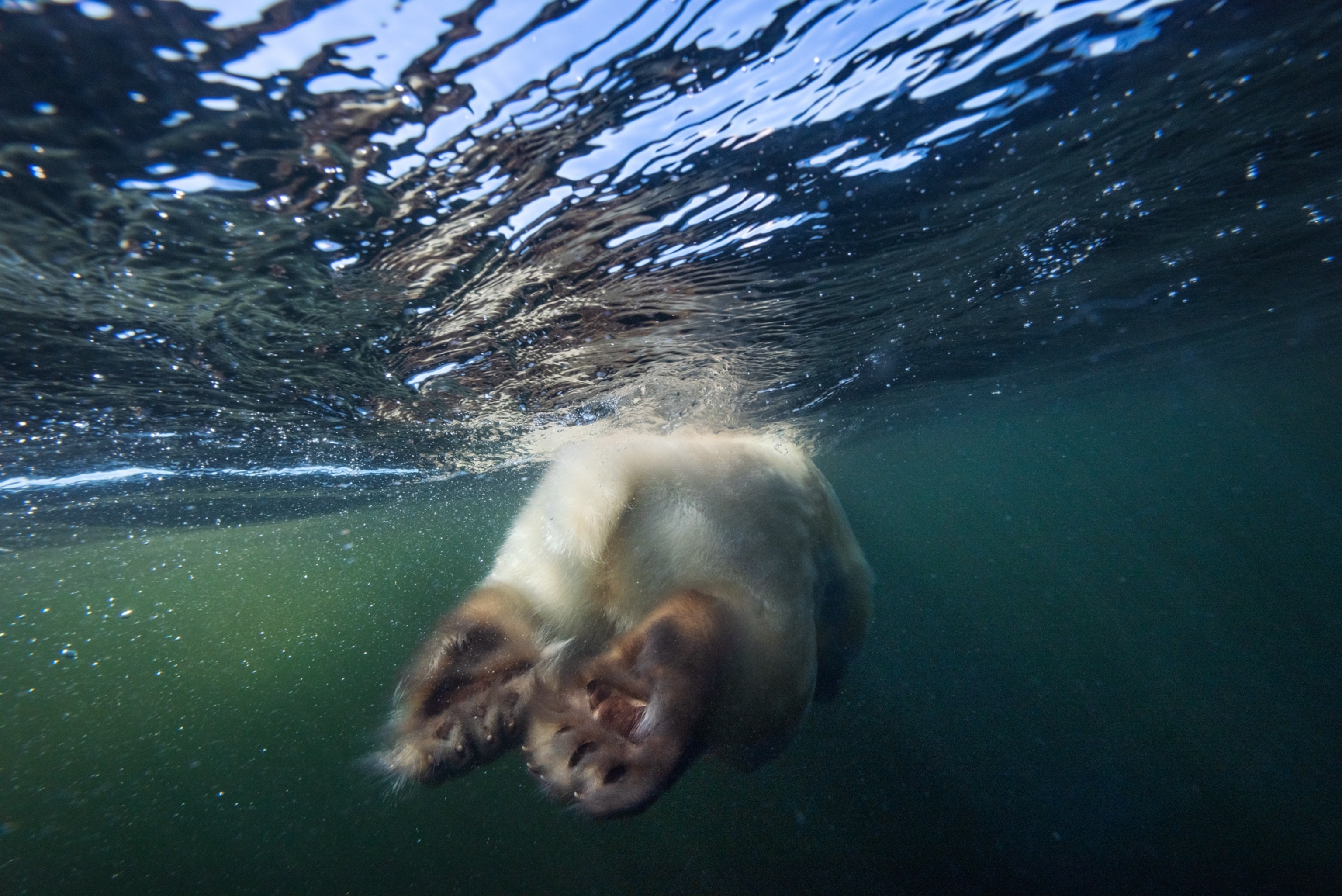
The more Gregus studied the bears, the more he learned of their personalities. There was the persistent cub he named Hercules. He lost a leg yet managed to survive his first two summers. An enormous female, Wanda, seemed to be feared by other bears but spent her days doing yoga-like stretches in the fireweed. Another female, Wilma, appeared to be so comfortable with Gregus that she’d nurse her cubs, Pebbles and Bamm-Bamm, close enough for him to hear their purring. Gregus also witnessed behaviors he’d rarely seen before, such as bears grazing on plants and hunting tern chicks by chasing them into the surf. For now, actions like those may be helping this polar bear population cope with the effects of climate change—but others elsewhere are starving.
“All of these pictures show bears that are fat, healthy, and playful,” Gregus says. So although from a global perspective everything may be going wrong for polar bears, “obviously something’s going right here.”
